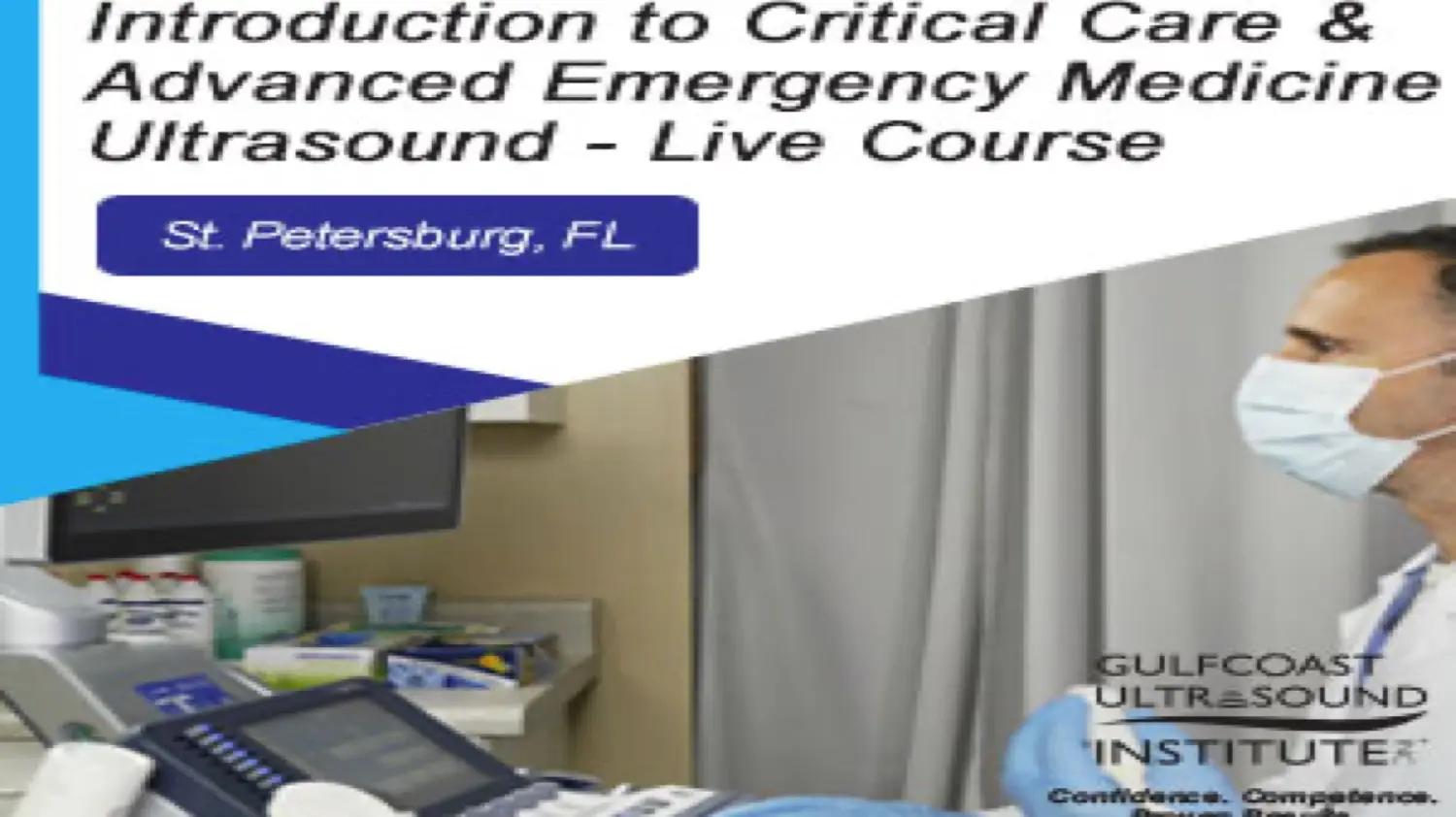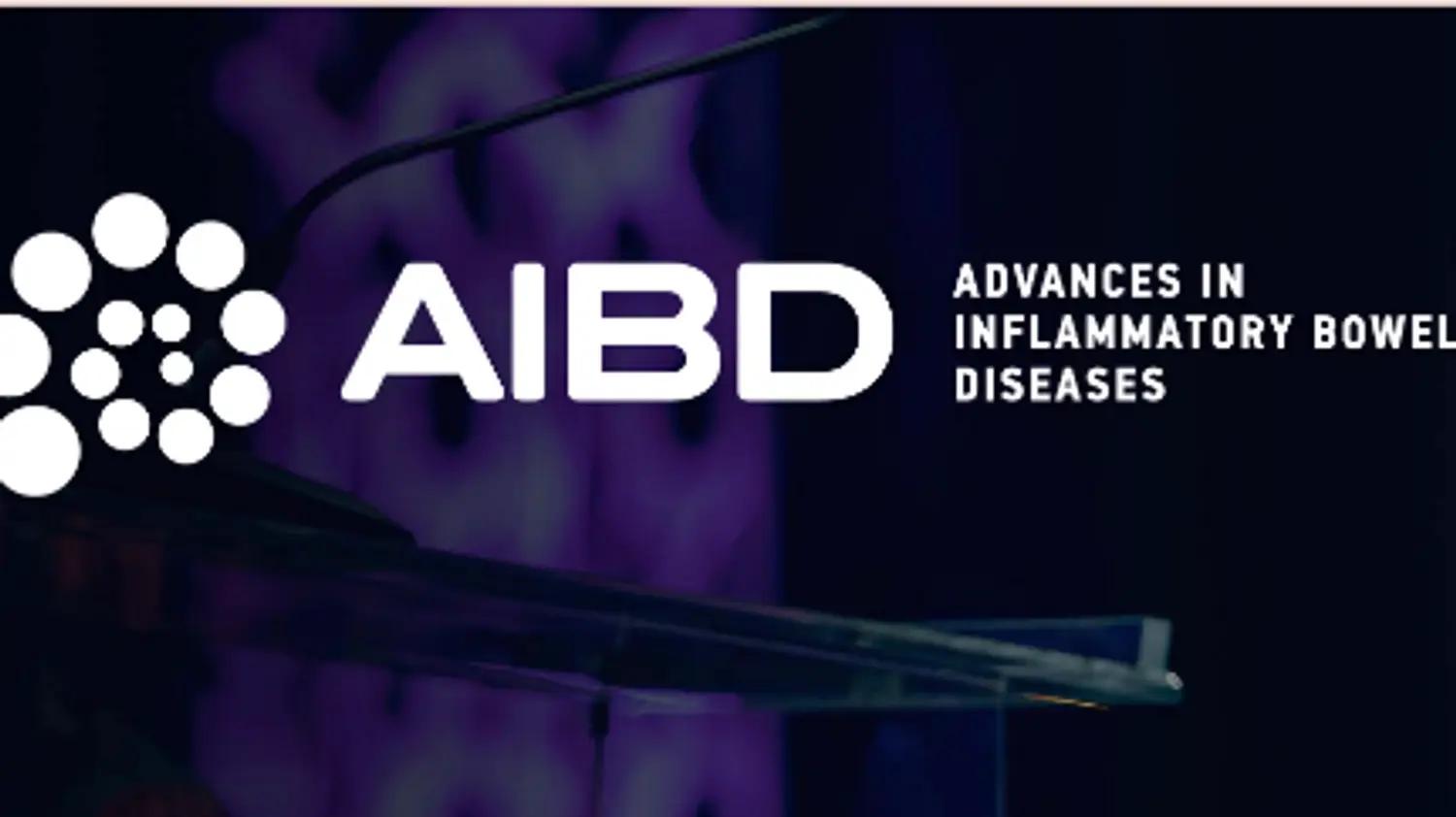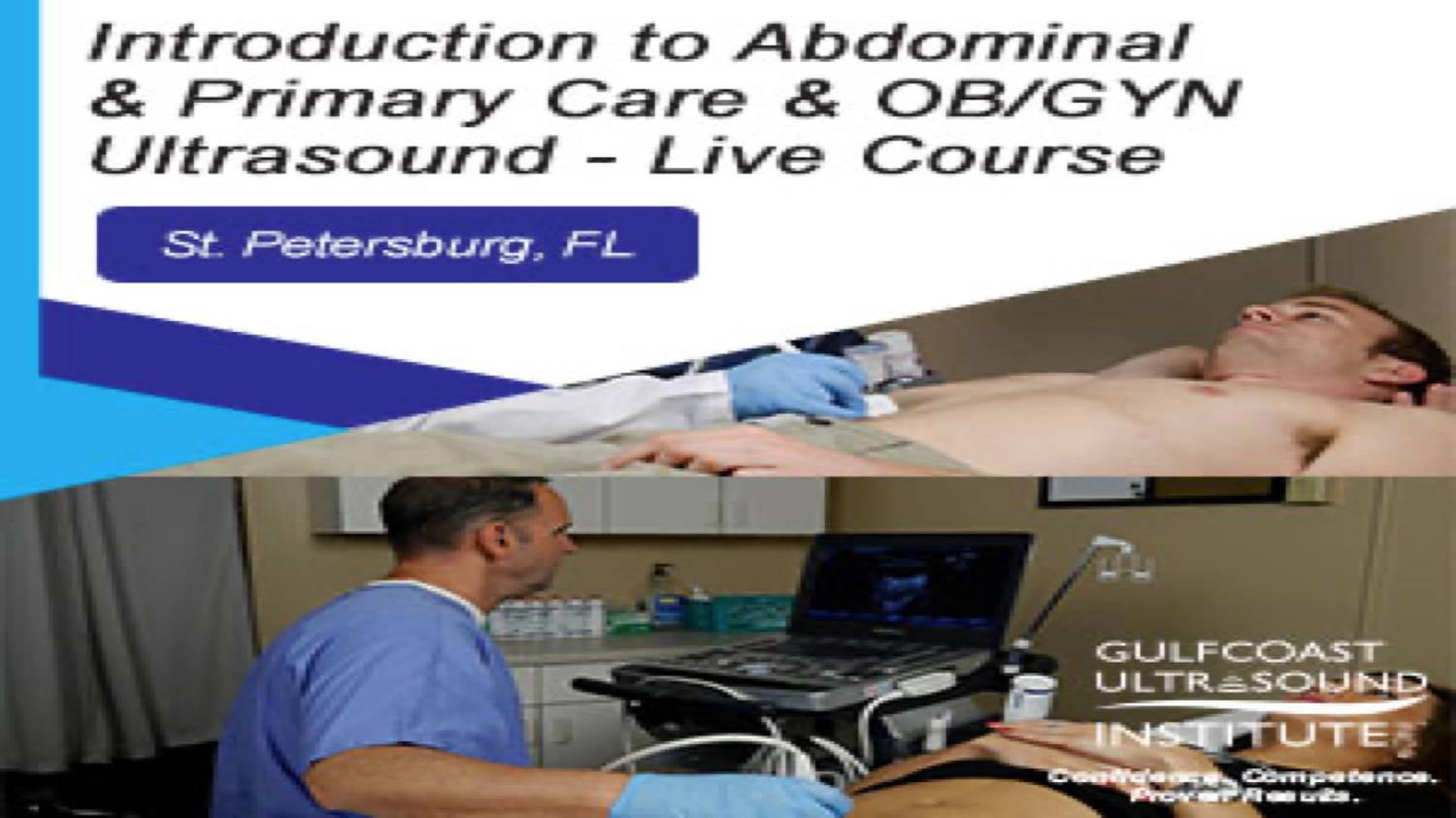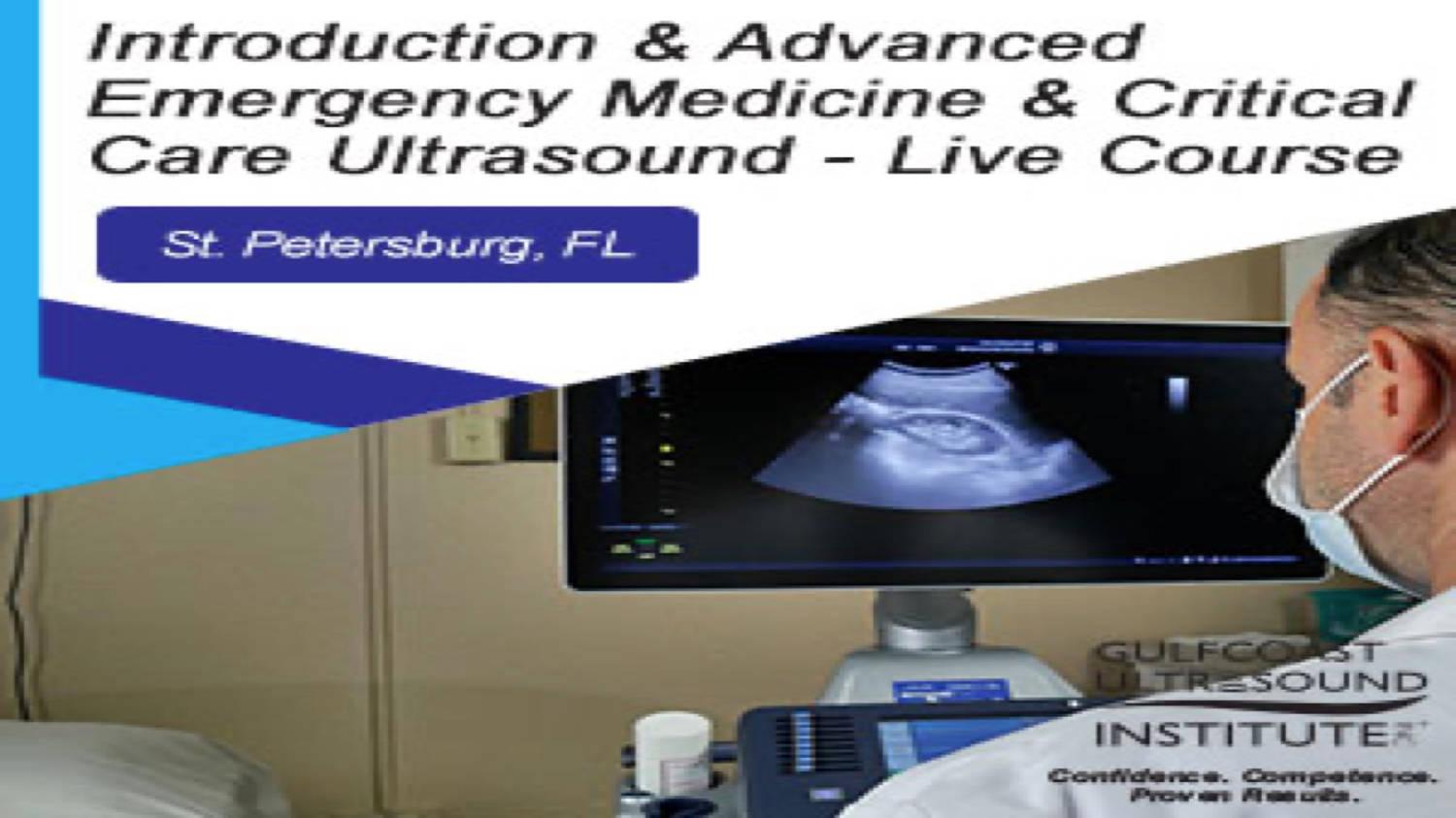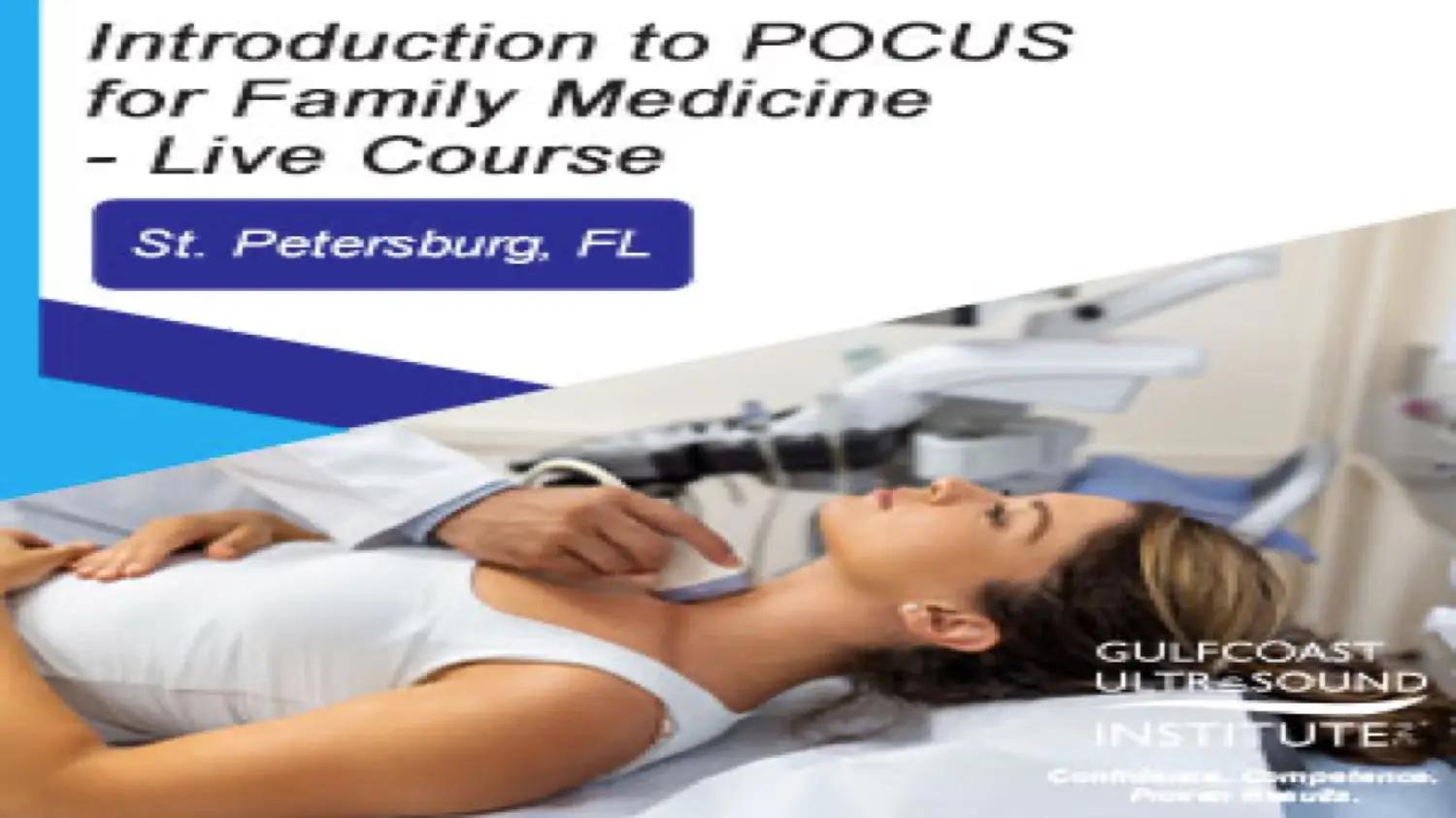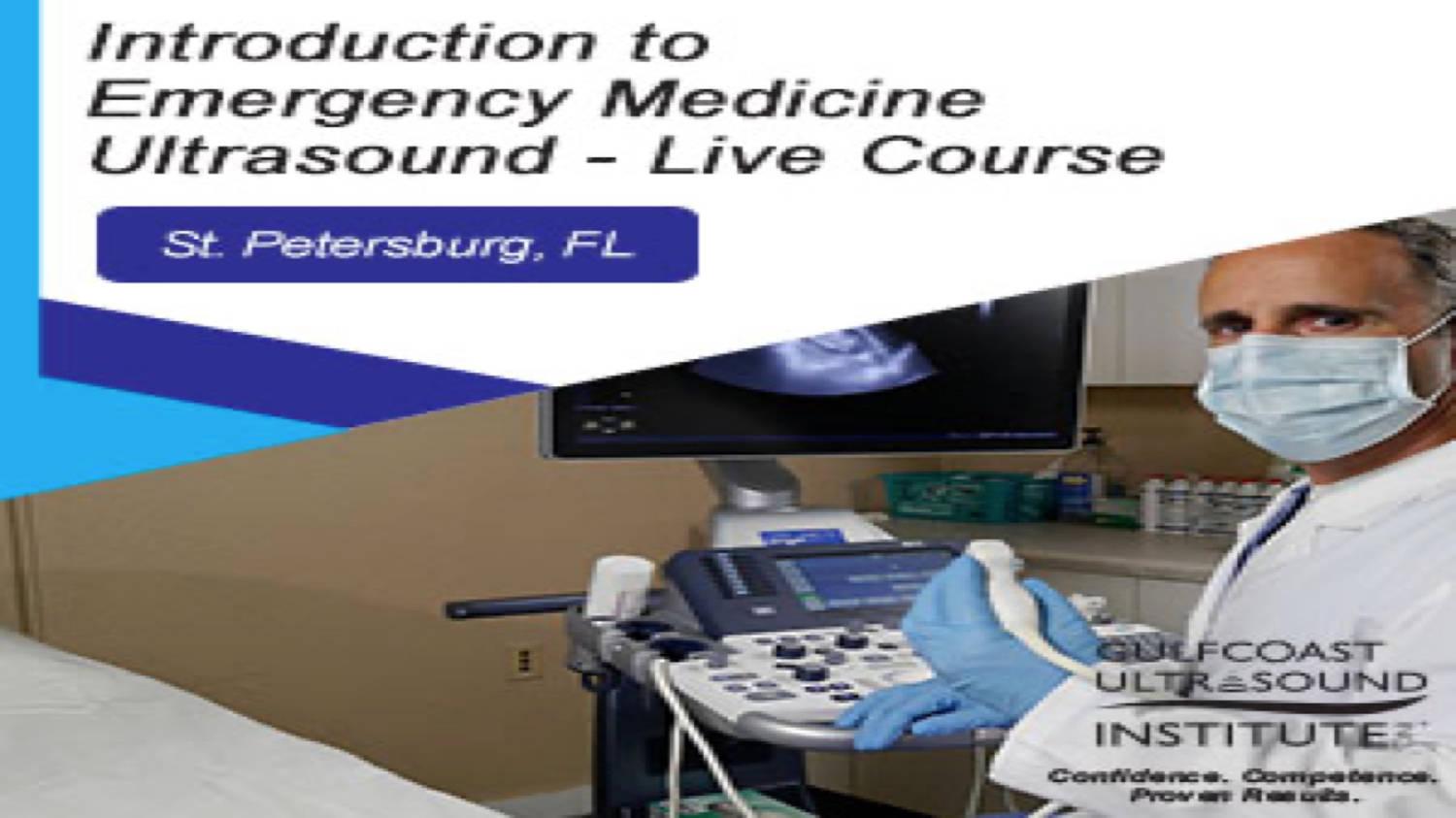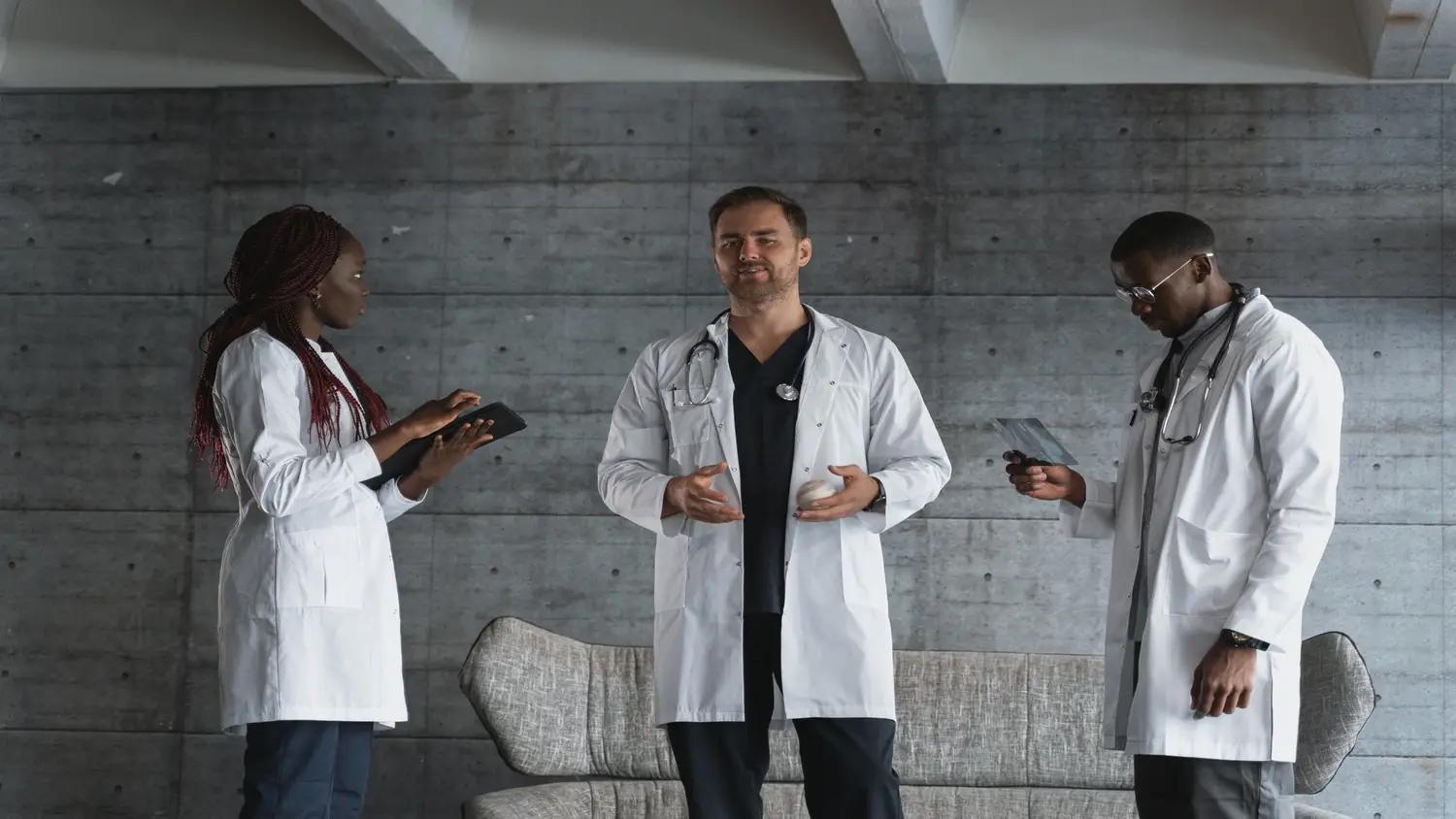
Physical Examination of the Hand: A Primer for All Specialties
English
Recorded Courses
hosted by Southern Medical Association (SMA)
hosted by Southern Medical Association (SMA)
attend it anywhere online
category
Healthcare Management, Medicine
Surgery
price
On Book
Physical Examination of the Hand: A Primer for All Specialties is organized by Southern Medical Association (SMA).,Dates:,CME Release Date: 1/4/2022,Valid for credit through: 1/3/2024,Estimated time of completion: 45 minutes,Description:,Examination of the hand is not unique to the subspecialist hand and orthopedic surgeons. Emergency room physicians, physiatrists, neurologists, and rheumatologists all need a working knowledge of hand examination. Hand conditions are very common such as carpal tunnel syndrome, trigger finger and tendonitis, fingertip injuries, and fractures, and they often present first to the primary care physician ,Goals and Objectives :,After we see the face of a new patient or if we are introduced to someone for the first time, the next thing we see is probably the hand. We can learn so much from simple inspection of the hand. However, mention the examination of the hand to a clinician and the eyes glaze over because one is faced with a dizzying array of seemingly illogically named nerves and muscles, and confusion reigns.,Examination of the hand is not unique to the subspecialist hand and orthopedic surgeons. Emergency room physicians, physiatrists, neurologists, and rheumatologists all need a working knowledge of hand examination. Hand conditions are very common such as carpal tunnel syndrome, trigger finger and tendonitis, fingertip injuries, and fractures, and they often present first to the primary care physician. At the conclusion of this activity, the attendee should be able to:,• Understand the terminology and surface anatomy,• Identify what can be learned by clinical inspection and assessment of nails, skin, muscles, the position of fingers, and muscle atrophy.,• Recognize components of the hand assessment, including flexor/extensor tendons, intrinsic muscles, nerve evaluation, vascular examination, and ligaments and joints.

